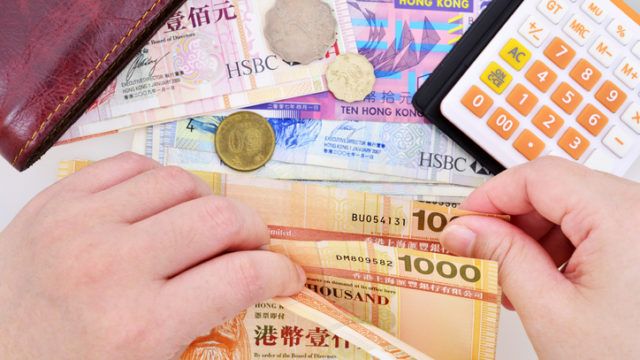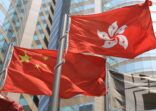Last month, CSOP AM filed to delist its China CSI 300 Smart ETF whose last trading day will be 22 November 2019. Launched in 2015, the product’s AUM today is only HK$7.63m ($974,900), according to the Hong Kong Stock Exchange.
In July, the firm also cancelled the CSOP WTI Oil Annual Roll December Futures ER ETF.
Tony Wong, head of wealth solutions and sales and product strategy at CSOP AM declined to comment on the minimum AUM that would trigger a delisting (Hong Kong-based Enhanced Investment Partners estimated that $25m in AUM and at least $500,000 in daily turnover is necessary for an ETF to cover product costs).
But Wong did say that CSOP’s oil and smart ETFs had at least three years in the market.
“For our ETFs, we give at least three-to-five years of [track record] as a trial process to see if we get enough interest from investors,” Wong added.
He said there are no plans for further removal of ETFs this year.
Since 2017, at least 10 firms announced that they were delisting around 35 ETFs. Many were focused on China A-shares.
“Product interest, turnover and product idea are the three major reasons that we consider to delist an ETF,” added Kenneth Lee, CSOP’s vice president of sales and product strategy.
CSOP has had better luck with ETFs it launched in 2019. The firm’s Hang Seng Index Daily (-2x) Inverse Product has already gathered $385m in assets since its launch in May, FE data shows. Its US Dollar Money Market ETF, launched in January, has $140m in assets.
Product differentiation?
Hong Kong’s ETF market has been criticised by industry participants for lacking product diversity. Hong Kong-based Premia Partners said that generally ETFs in Hong Kong are similar, often following a China index.
Moreover, Mohamed M’Rabti, Brussels-based head of ETFs at Euroclear, told FSA that assets are overly concentrated in just a few products. “Diversity is really lacking in the Hong Kong ETF space.”
CSOP’s Wong disagrees, arguing that the product range is diverse in Hong Kong in terms of asset class: there are ETFs for equities, commodities, fixed income and even money market focus, he said.
However a breakdown of the asset classes for the products shows equity strategies dominate and about 70% of those are focused on either Hong Kong H-shares or China A-shares:
| Product Type | Underlying Market | Number of Products | AUM ($m) | Market Share (%) |
| ETF | Equities | 92 | 261,762 | 84.5 |
| Fixed Income & Money Market Fund | 13 | 39,067 | 12.6 | |
| Commodity | 5 | 1,329 | 0.4 | |
| ETF Total | 110 | 302,158 | 97.5 |
Source: HKEX, as of the end of September. Equity breakdown: China A-share (18.8%), Hong Kong (53.7%), Asia Pacific (4.1%) and Overseas (7.9%).

















